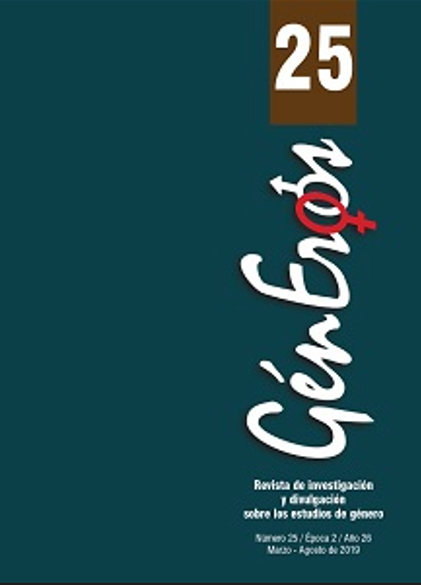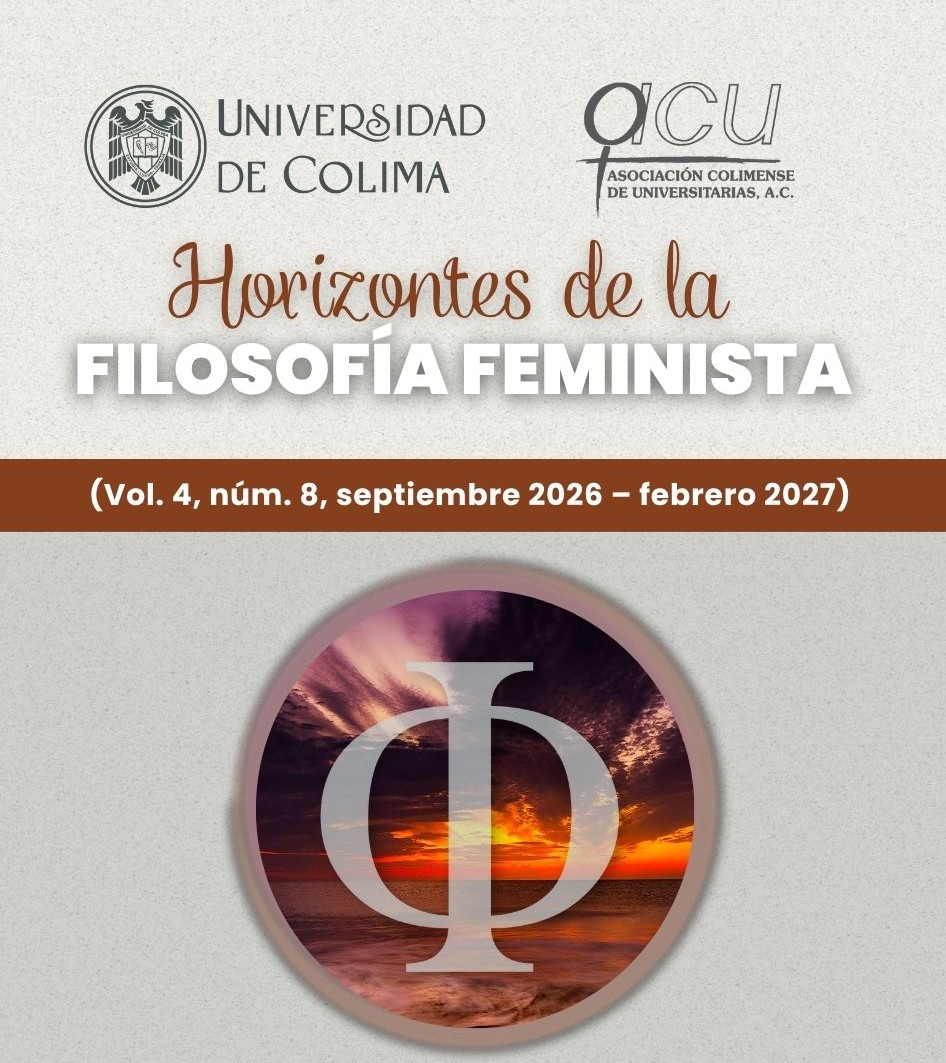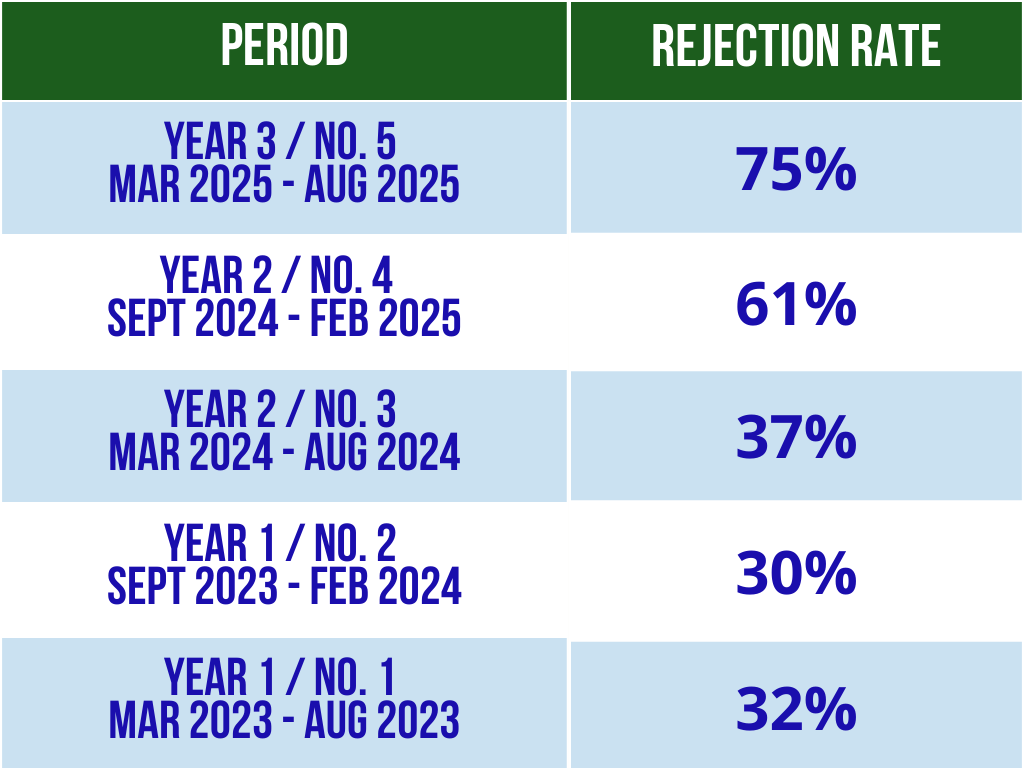Modern women building homes:
pioneers in the consolidation of housing and its urban environment in Mérida, Yucatán, México
Keywords:
women and housing, women and urban consolidation, women and urban management, women and quality of life, women and community lifeAbstract
Explaining the house by explaining to the users (Friedman 1999/2000), is the basis of the present work about the process of architectural urban appropriation of the house built in series, from the original prototype to its transformations by its inhabitants. The methodology is based on life stories, therefore qualitative. The case is the Colonia Miguel Aleman, a housing complex built in series in 1950 in Merida, Yucatan, and whose modernity meant a change in the user’s imagination, both in the home and in the urban and in the family heritage as well as in the collective heritage. The work exposes the case of women
protagonists in the consolidation of one of the first modern housing areas, housewives who joined the socioeconomically productive group, defining an active and protagonist participation in the individual of the housing as in the collective for the urban. In the consolidation of housing, they changed the use and distribution of traditional spaces to rebuild housing, as well as the organizational roles of family members; and in the urban area, they took care of equipping the school, market, park
and church equipment, elements that gave community cohesion.
Downloads
Metrics
References
Alemán, M. (1948, 1 de septiembre). Segundo Informe de Gobierno como presidente. Discurso del licenciado al abrir el Congreso sus sesiones ordinarias, D.F. México.
Araos, S. (1992). Mujer, vivienda y calidad de vida. En: Revista INVI, 7 (16), pp. 26-33.
Barragán, J. I. (1994). Cien años de vivienda en México, historia de la vivienda en una óptica económica y social. Monterrey, México: Editorial URBIS Internacional.
Bourdieu, P. (2003). Las estructuras sociales de la economía. Barcelona. Editorial Anagrama.
Canto, F. (1950). El Lic. Alemán en Yucatán. En: Revista Tribuna (III) pp. 18-19.
De Garay, G. (2004). ¿Quién pone el orden en la vivienda moderna? El multifamiliar Miguel Alemán visto por sus habitantes y vecinos, Ciudad de México, 19491999. En: Graciela de Garay (Coord), Modernidad Habitada: Multifamiliar Miguel Alemán ciudad de México, 1949-1999, Colección Historia oral (pp. 13-68). México, D.F. Instituto Mora.
Friedman, A.T. (1999). The Way You Do the Things You Do: Writing the History of Houses and Housing. En: The Journal of the Society of Architectural Historians 1999/2000, 3 (58), pp. 406-413.
González, J. (1948). Informe del Gobierno Constitucional del Estado, XXXVII legislatura de Yucatán, 1º enero 1947-31 enero 1948, labor oficial. Mérida, Yucatán. Edición de Gobierno del Estado de Yucatán.
Manrique, J. (1997). XL Aniversario de la Escuela Crisóstomo Cano y Cano, Documento inédito, 31 de enero, 3 f.
Mena, V. (1954). Informe de Gobierno Constitucional del Estado leído en la XXXXIV legislatura de Yucatán, periodo del 1º de enero de 1953 al 31 de enero de 1954, labor oficial, Mérida, Yucatán, Hemeroteca. Ediciones Gobierno del Estado de Yucatán.
Monnier, G. (2002). The Reception of Modernism by Users: Practical Value and Symbolic Value, En: Hubert-Jan Henket y Hilde Heynen (comp.), Back from Utopia. The challenge of the Modern Movement (pp. 358-367), Rotterdam, NAI Uitgevers: Publishers Stichting.
Saltalamacchia, H. (1992). La historia de vida. Puerto Rico: Centro de Investigación para la Juventud Puertorriqueña CIJUP.
Torres, M.E. (2006, marzo). Registro, evaluación, rescate y proyección de experiencias del proceso de transformación y adecuación urbana y arquitectónica de la ciudad de Mérida. Un caso de estudio: Colonia “Miguel Alemán”. Proyecto de investigación de la Universidad Autónoma de Yucatán, clave PRIORI - FARQ 04 -001, 2004-2006. Informe técnico sin edición, Mérida, México.
Torres, M.E. (2008). Proceso de recepción social de la modernidad urbana arquitectónica de la vivienda construida en serie. El caso de Mérida, Yucatán. En: Revista Palapa, pp. 33-41.
Torres, M.E. (2012, enero). Recepción de la modernidad urbano arquitectónica de la vivienda construida en serie, en Mérida, Yucatán, Proyecto de investigación de la Universidad Autónoma de Yucatán, clave FARQ 08 002, 2008-2012. Informe técnico, sin edición, Mérida, México.
Tuñón, E. (2002). El Estado mexicano y el sufragio femenino. En: Revista Dimensión Antropológica, INAH (25), pp. 143-161.
Sitios Web:
Pérez, M. (2013). La generación femenina de 1950 y el cambio social (1950-2000), En: RIPS, 1 (12), pp. 225-242. Consultado el 18 de mayo de 2018. Disponible en: http://www.usc.es/revistas/index.php/rips/article/view/1312/1148
Downloads
Published
How to Cite
Issue
Section
License

This work is licensed under a Creative Commons Attribution-NonCommercial-ShareAlike 4.0 International License.
GénEroos Magazine allows you to share, copy and redistribute the material in any medium or format; adapt, remix, transform and build upon the material, crediting the work appropriately and providing a link to the licence, indicating if changes have been made.





